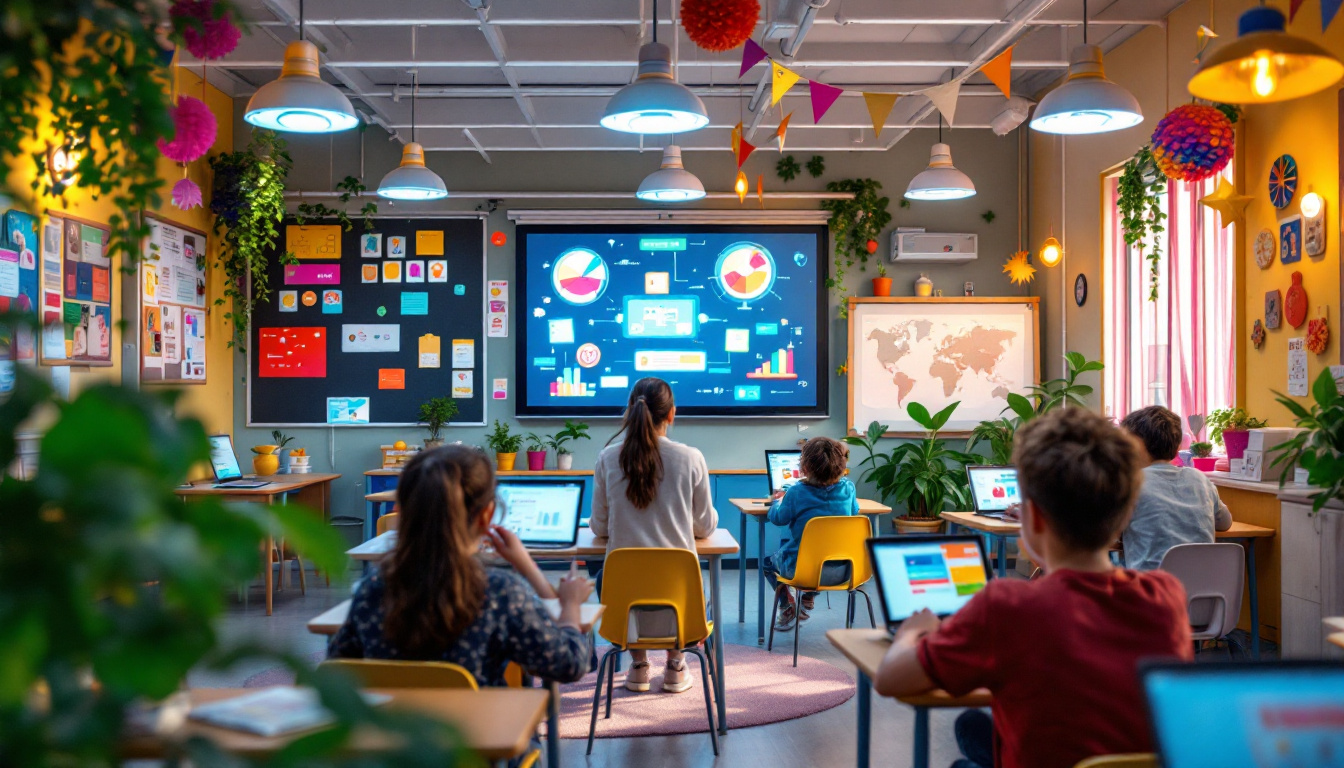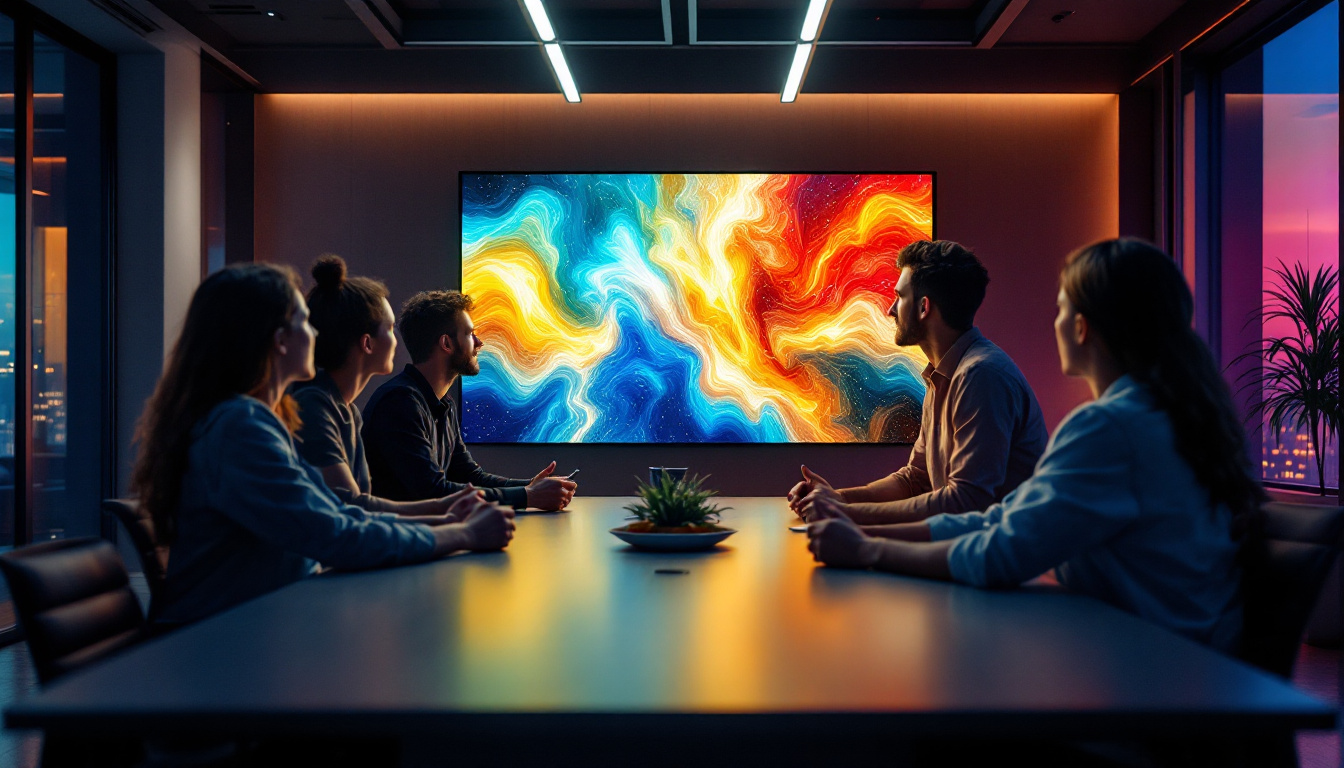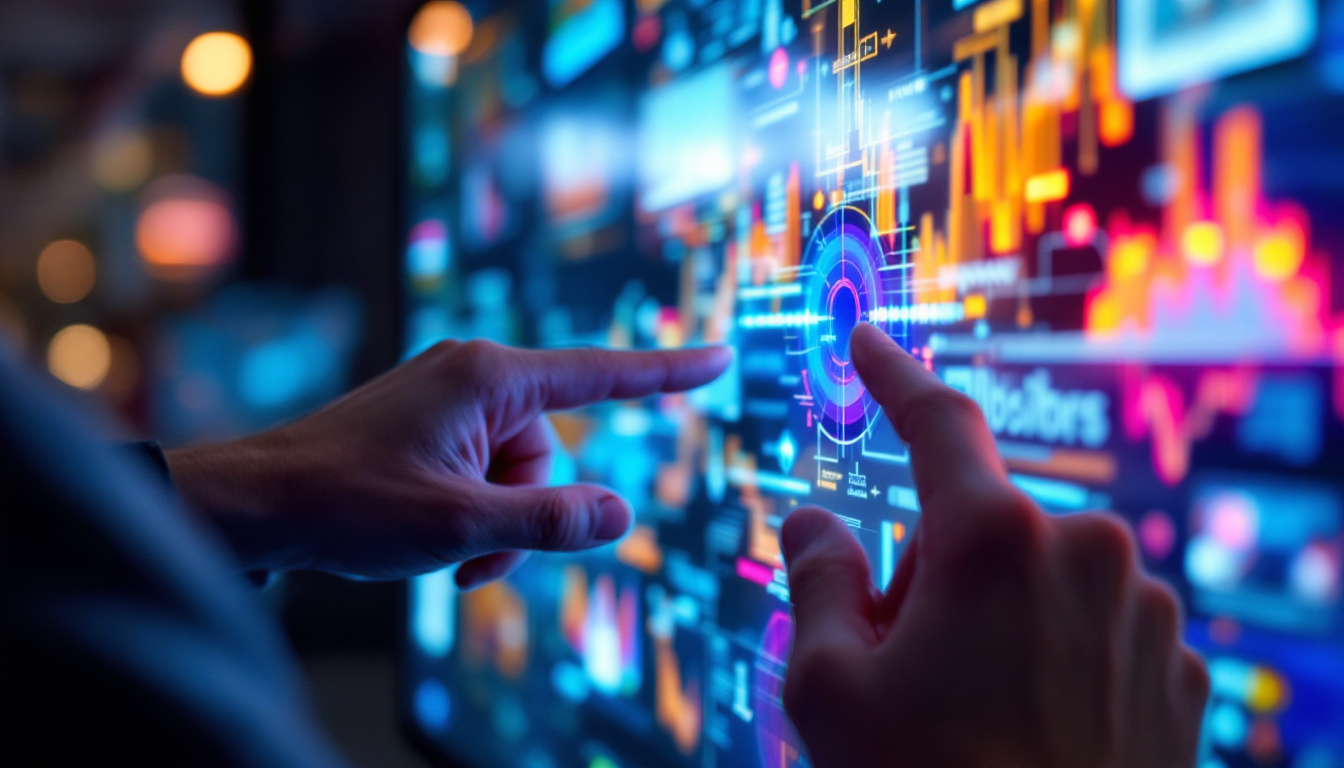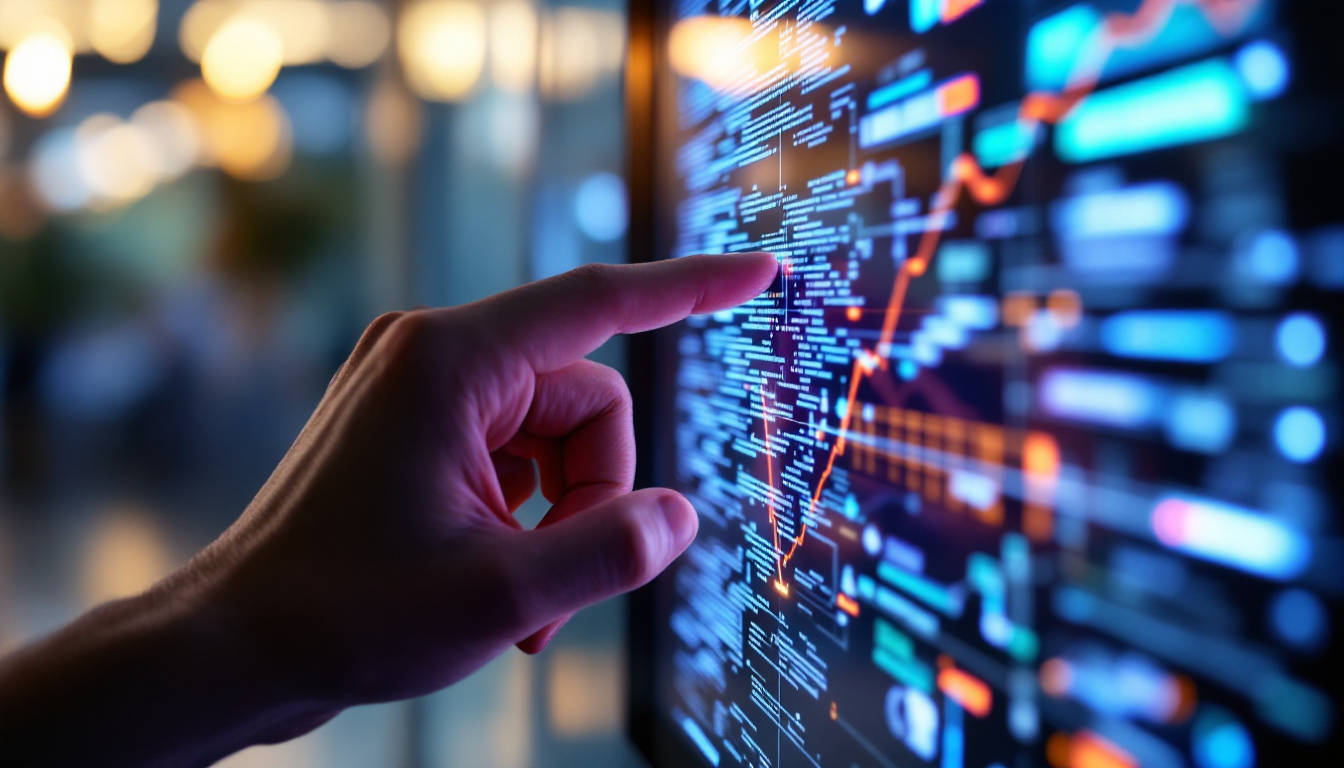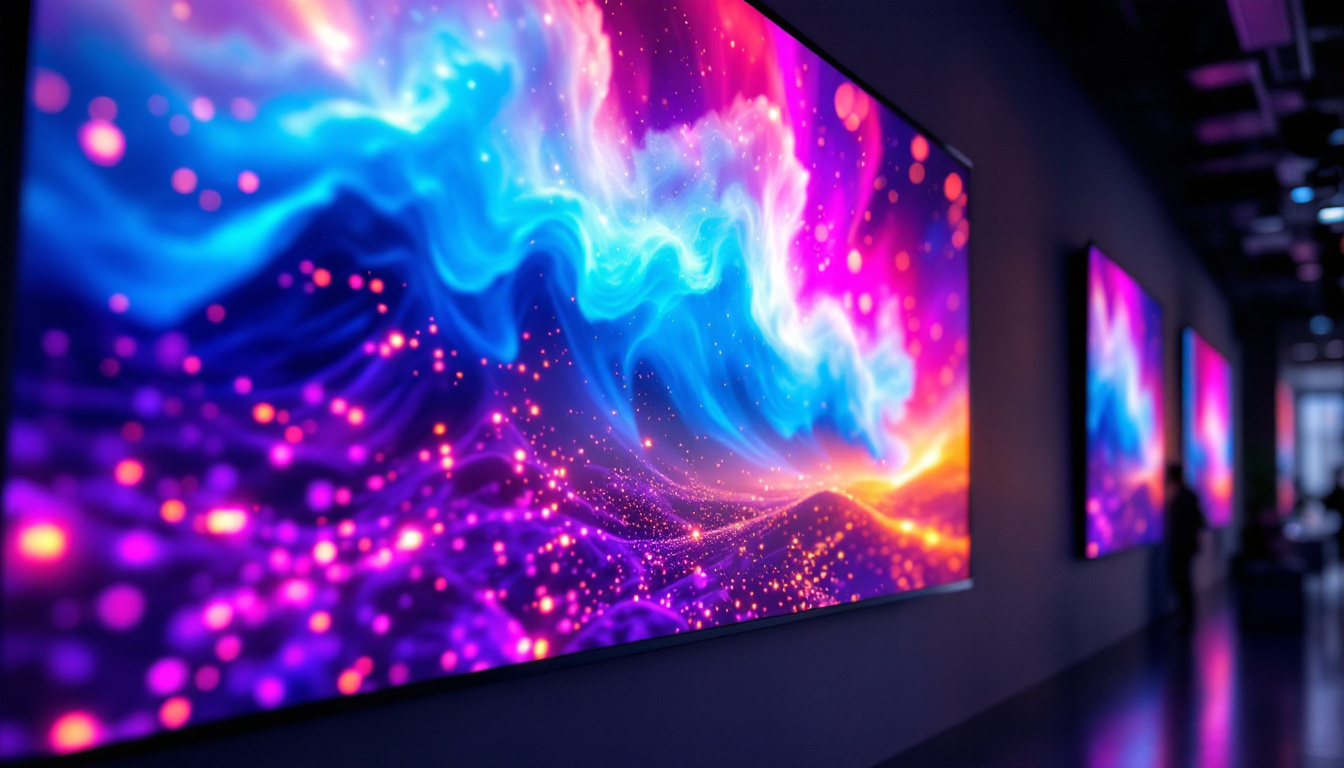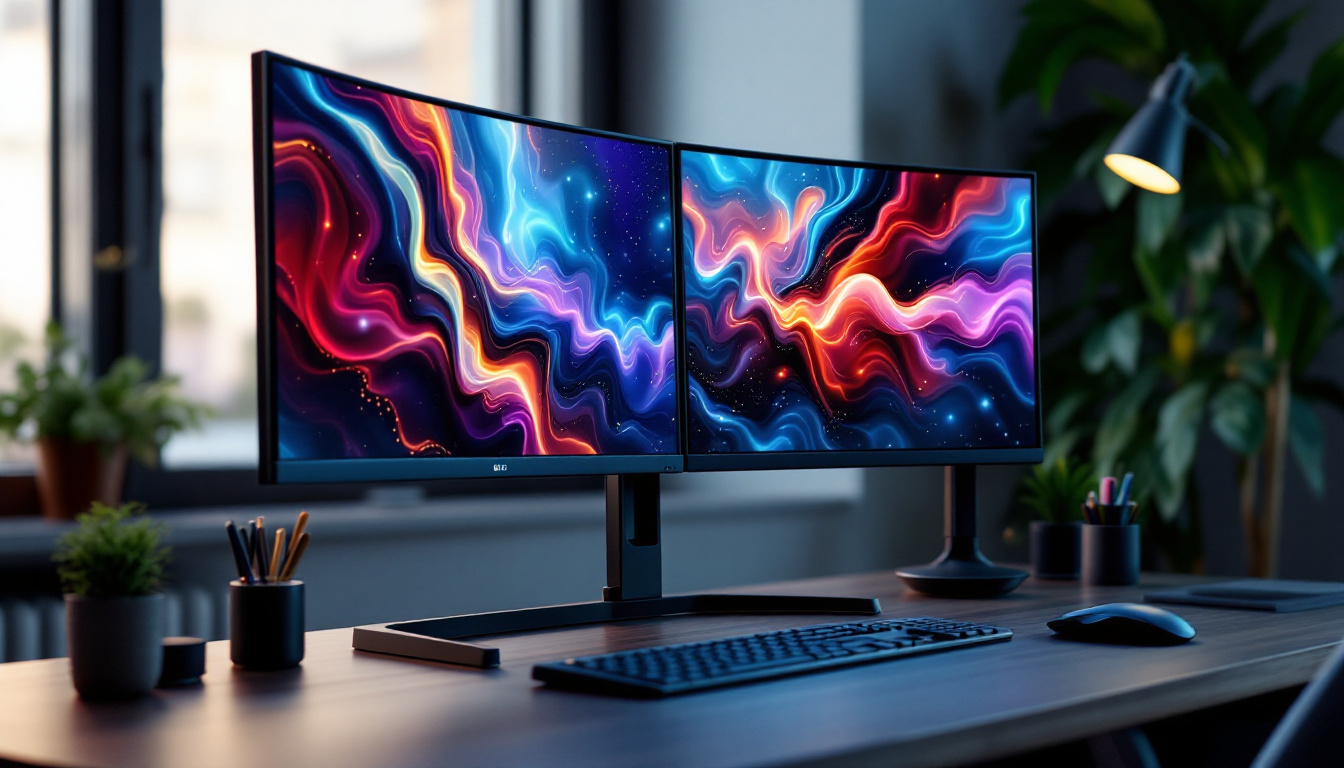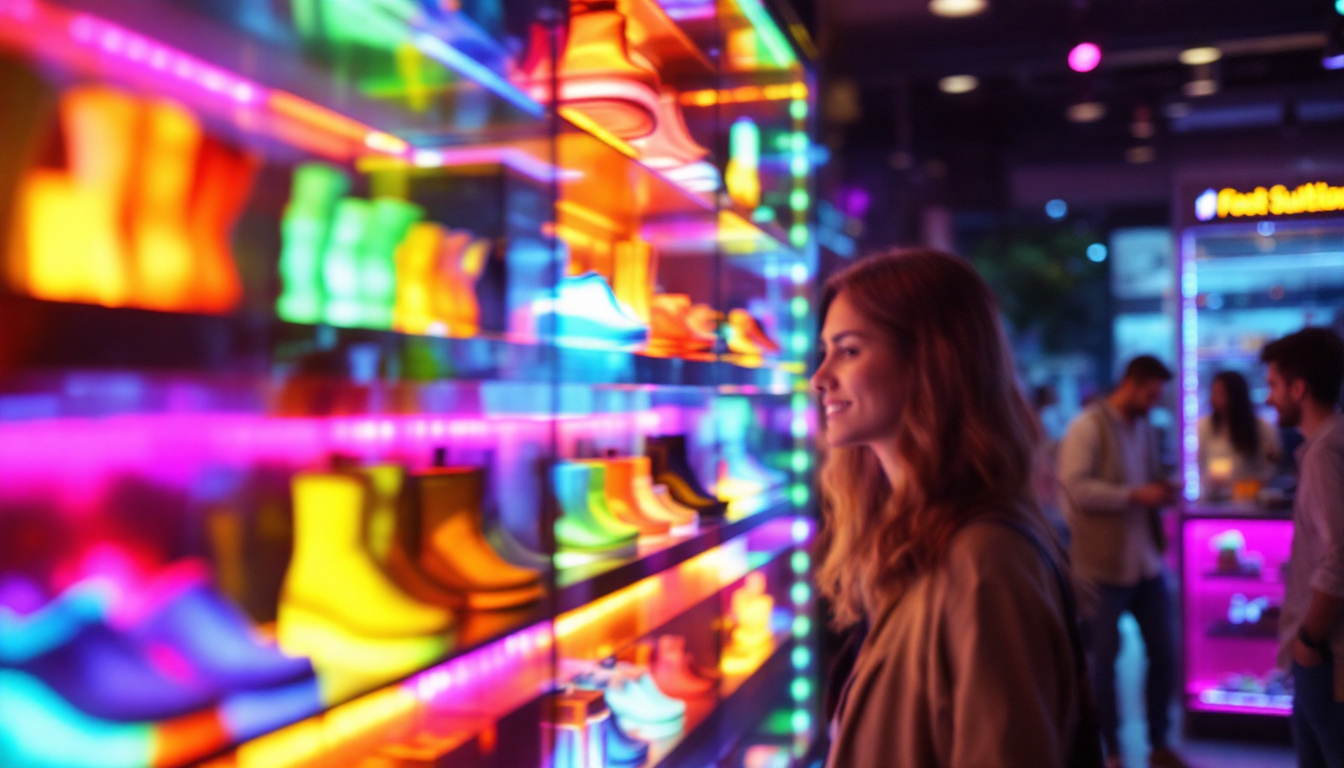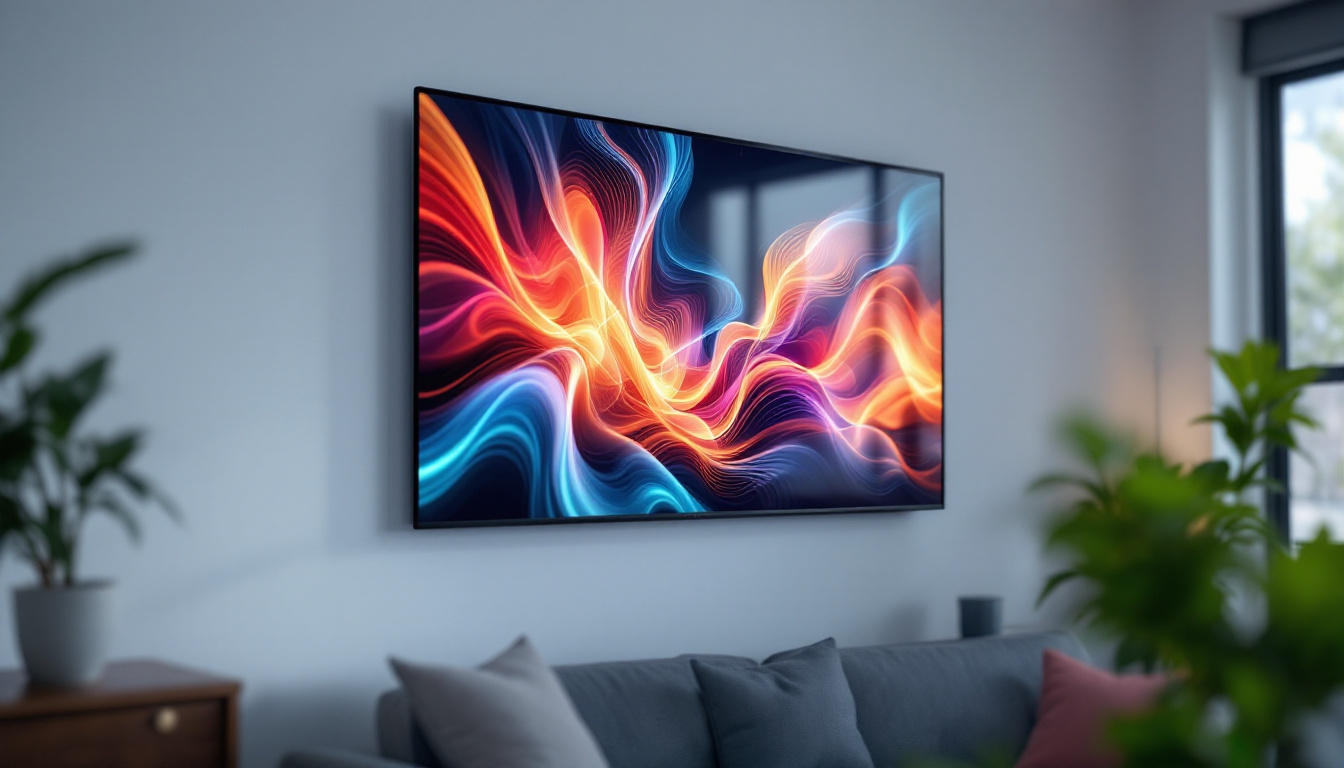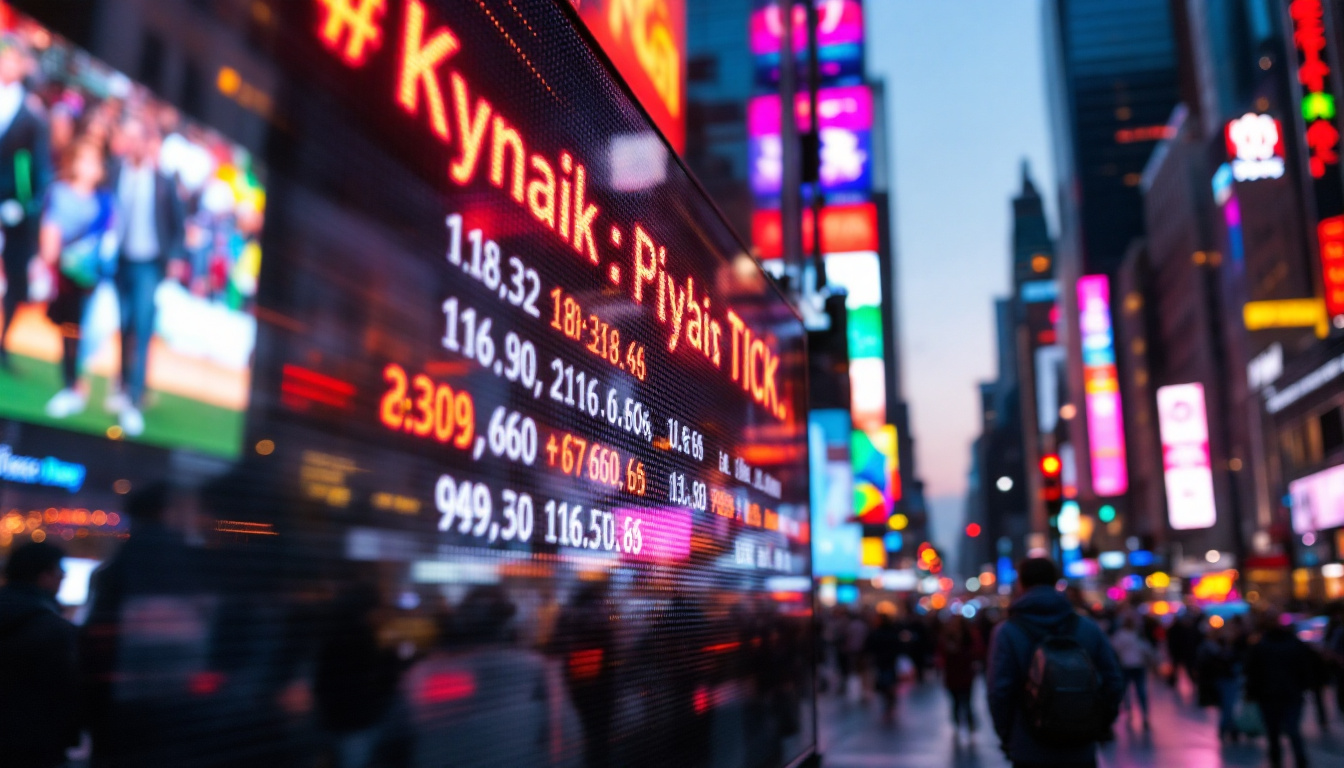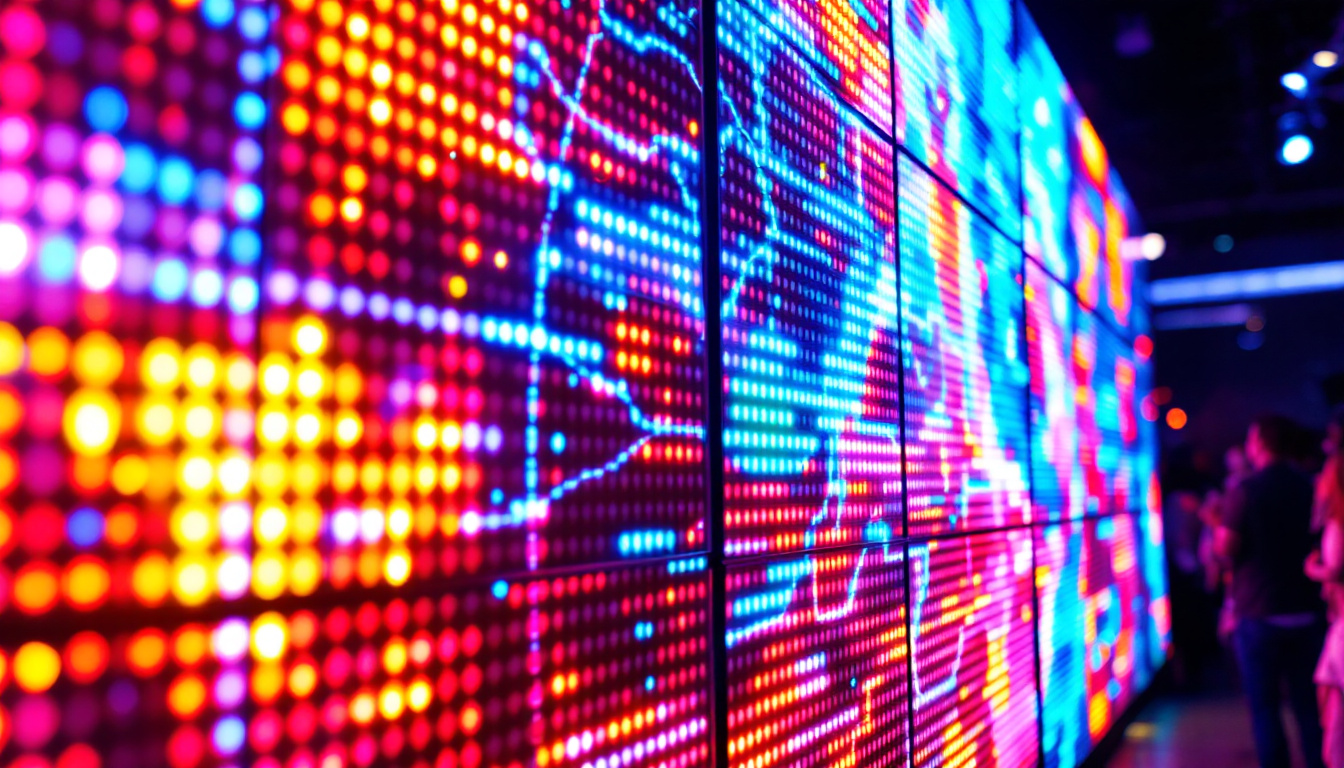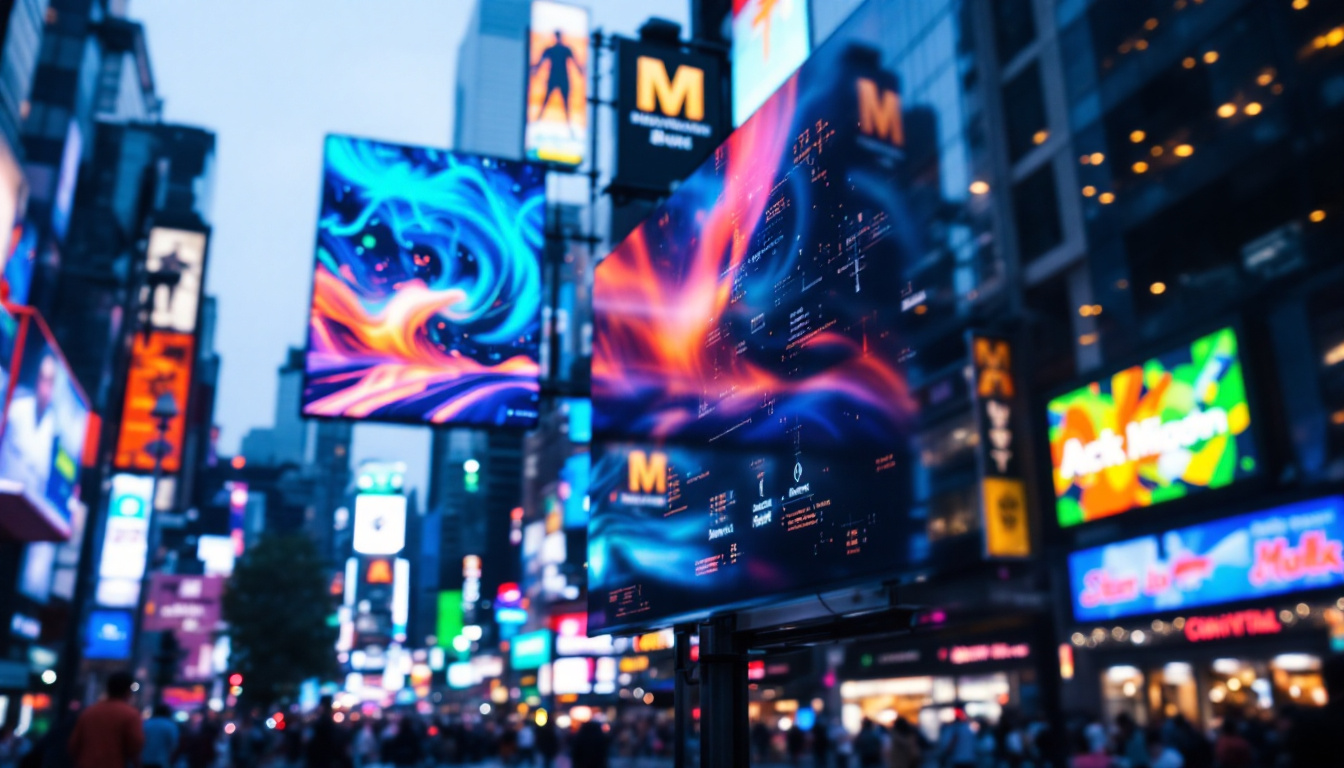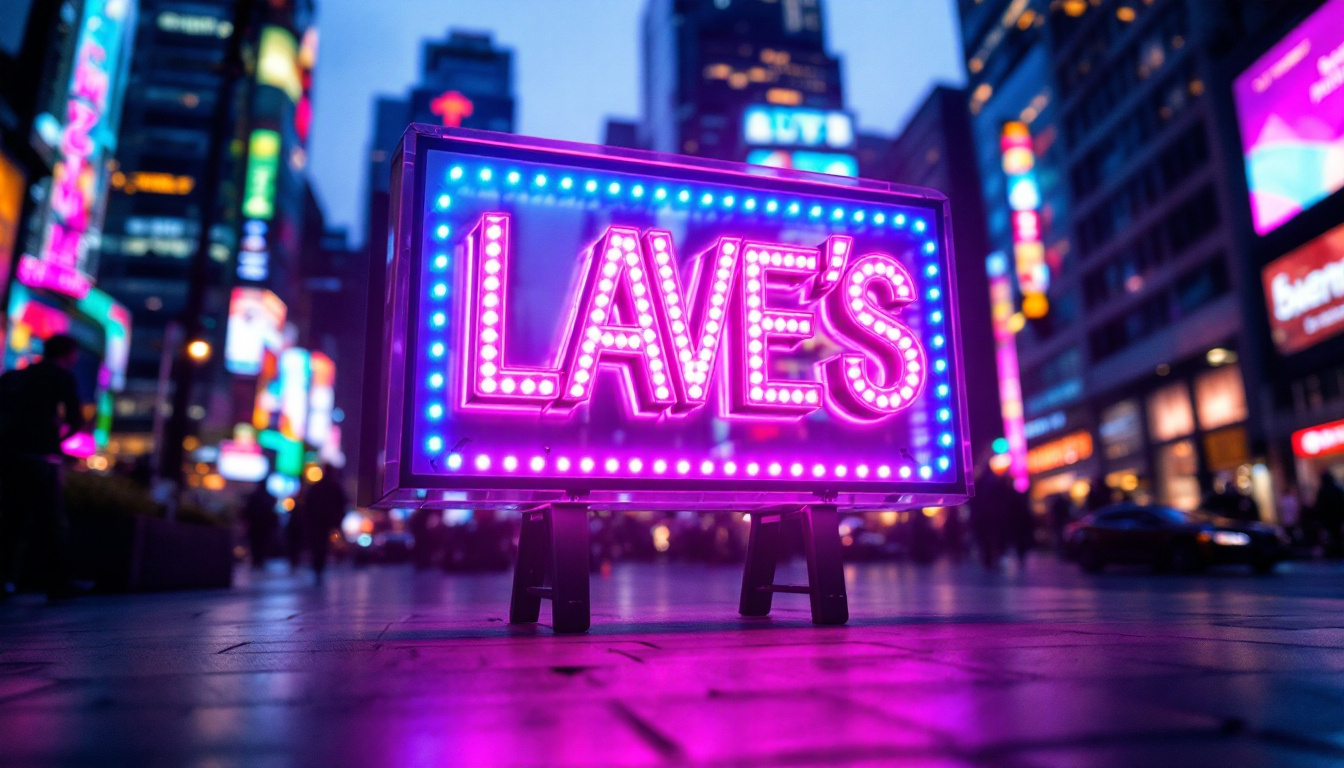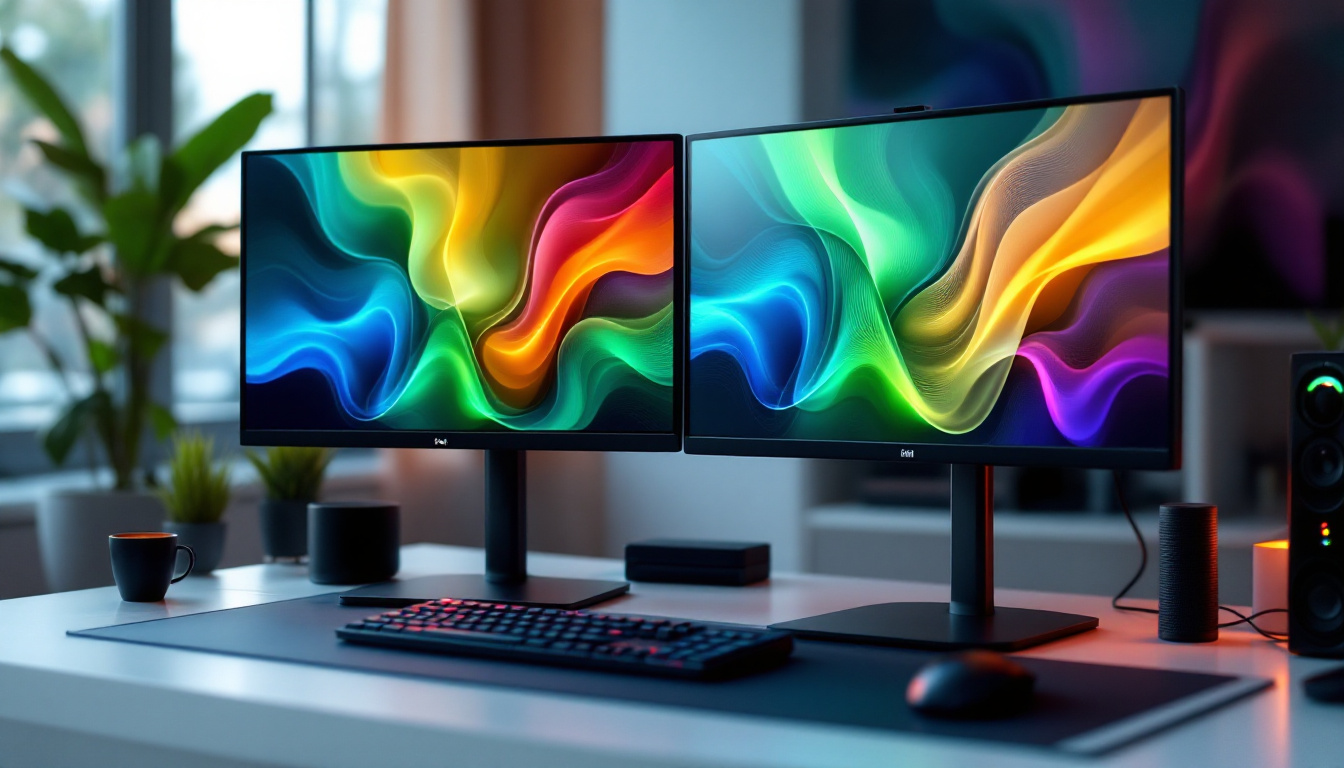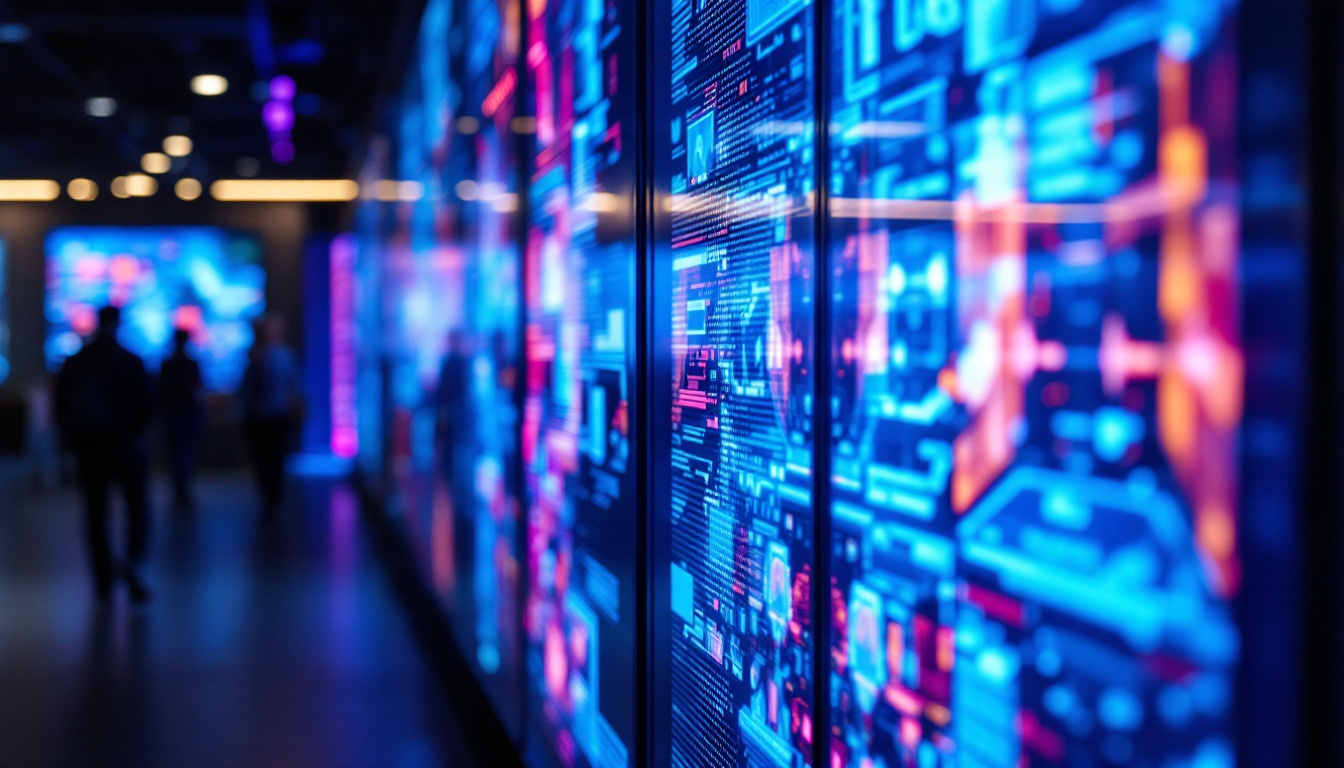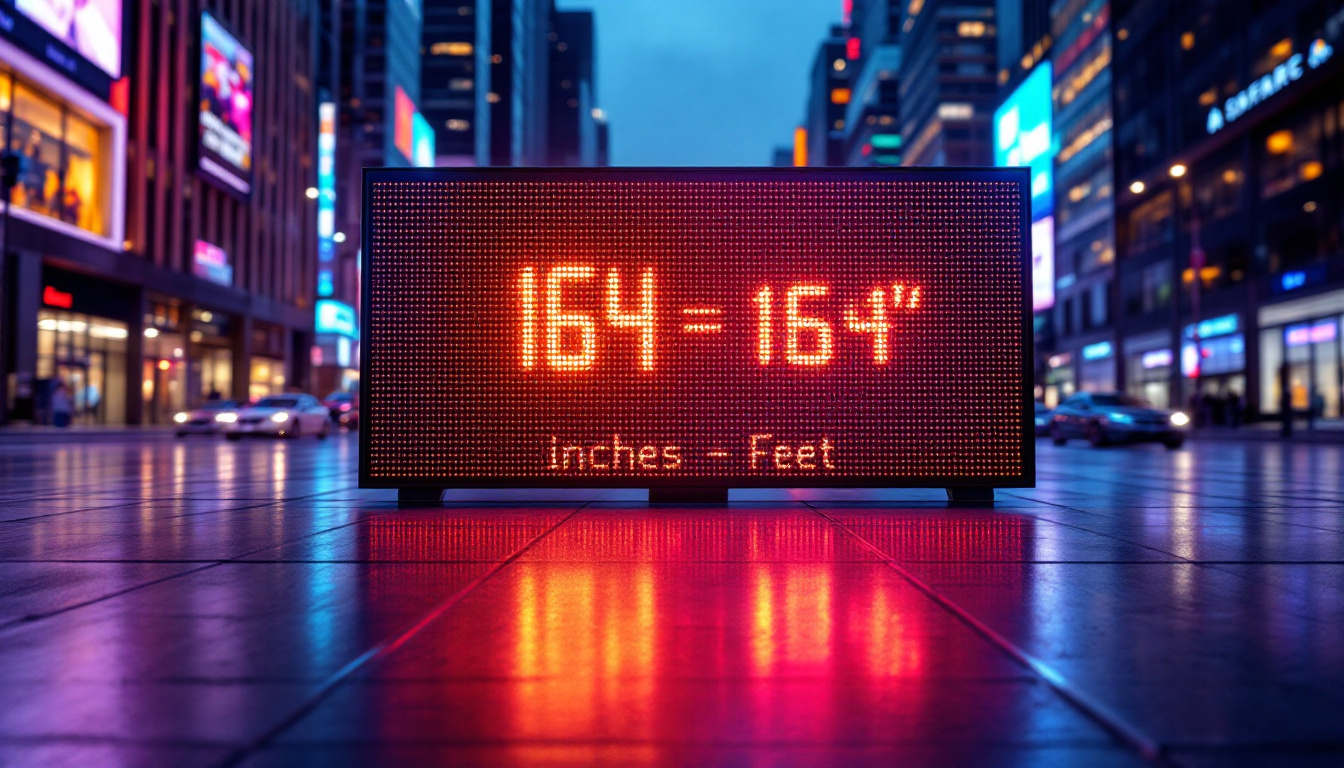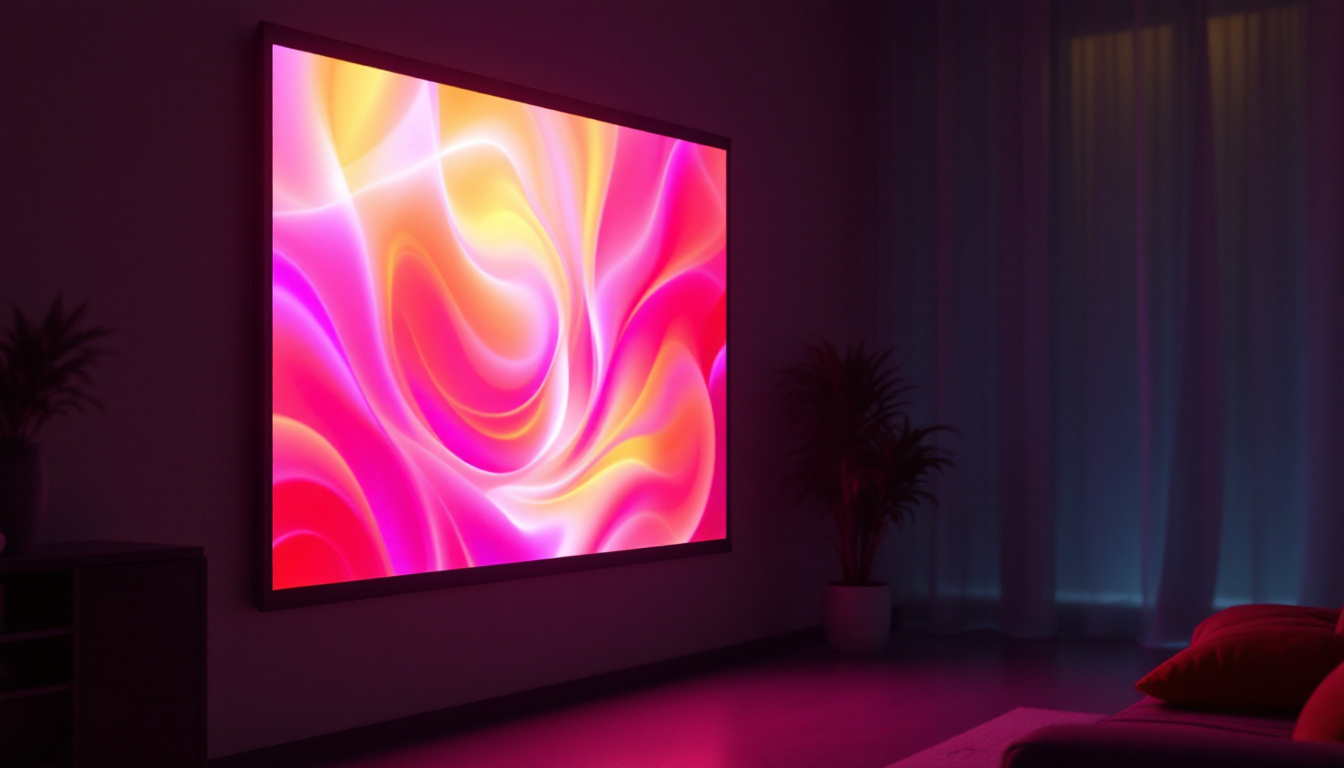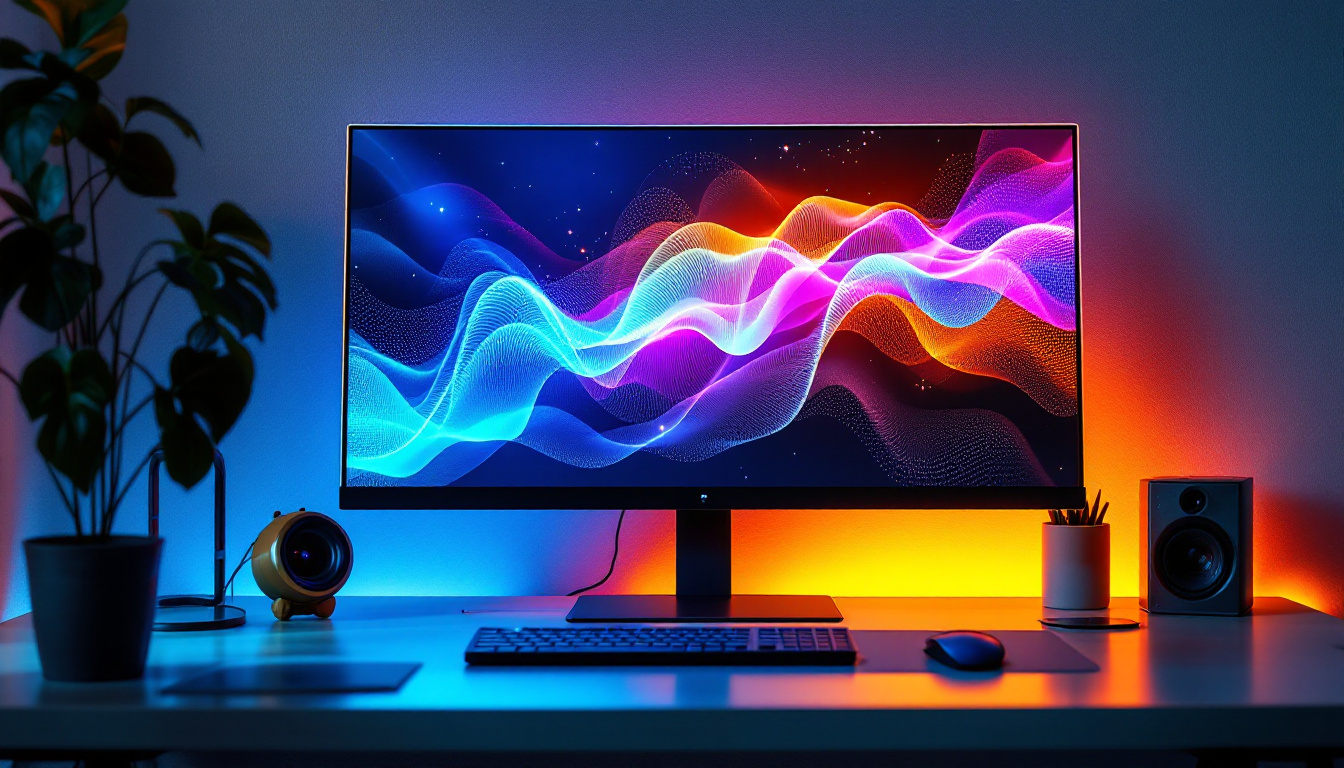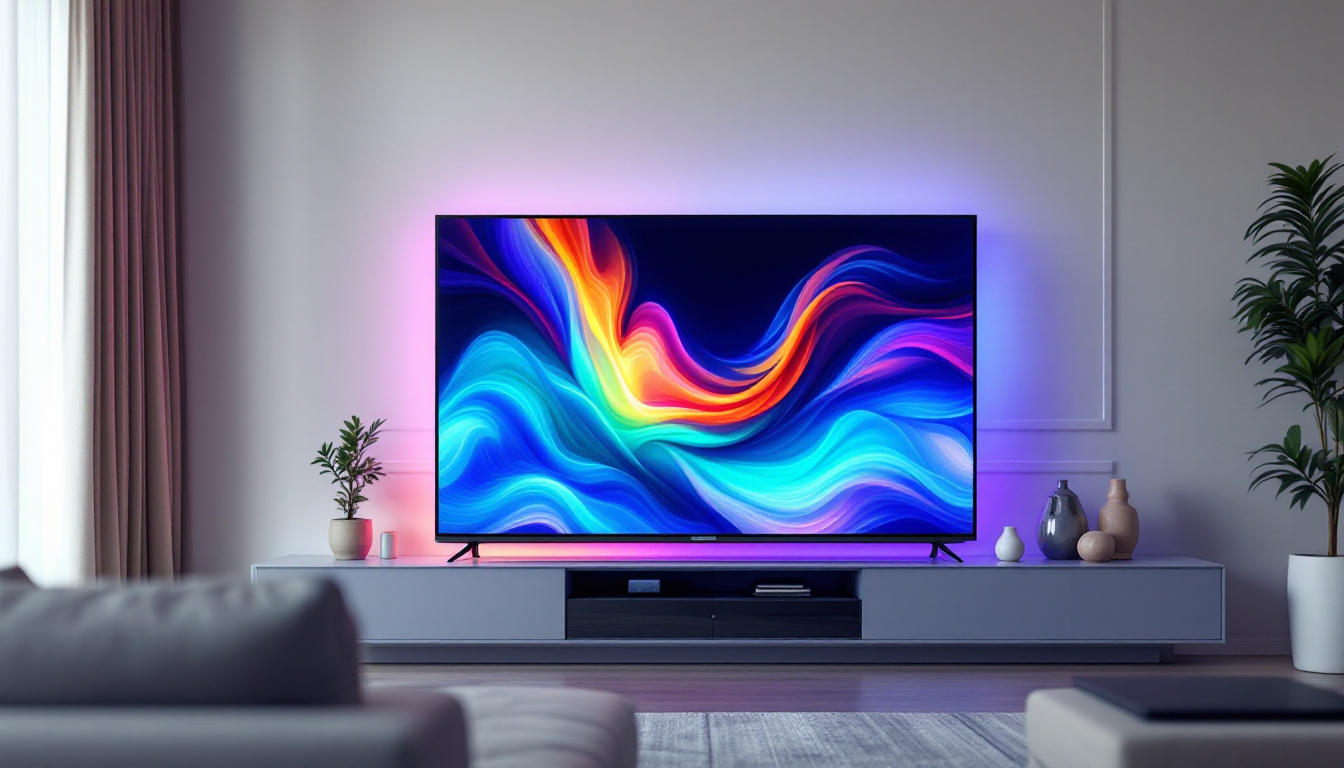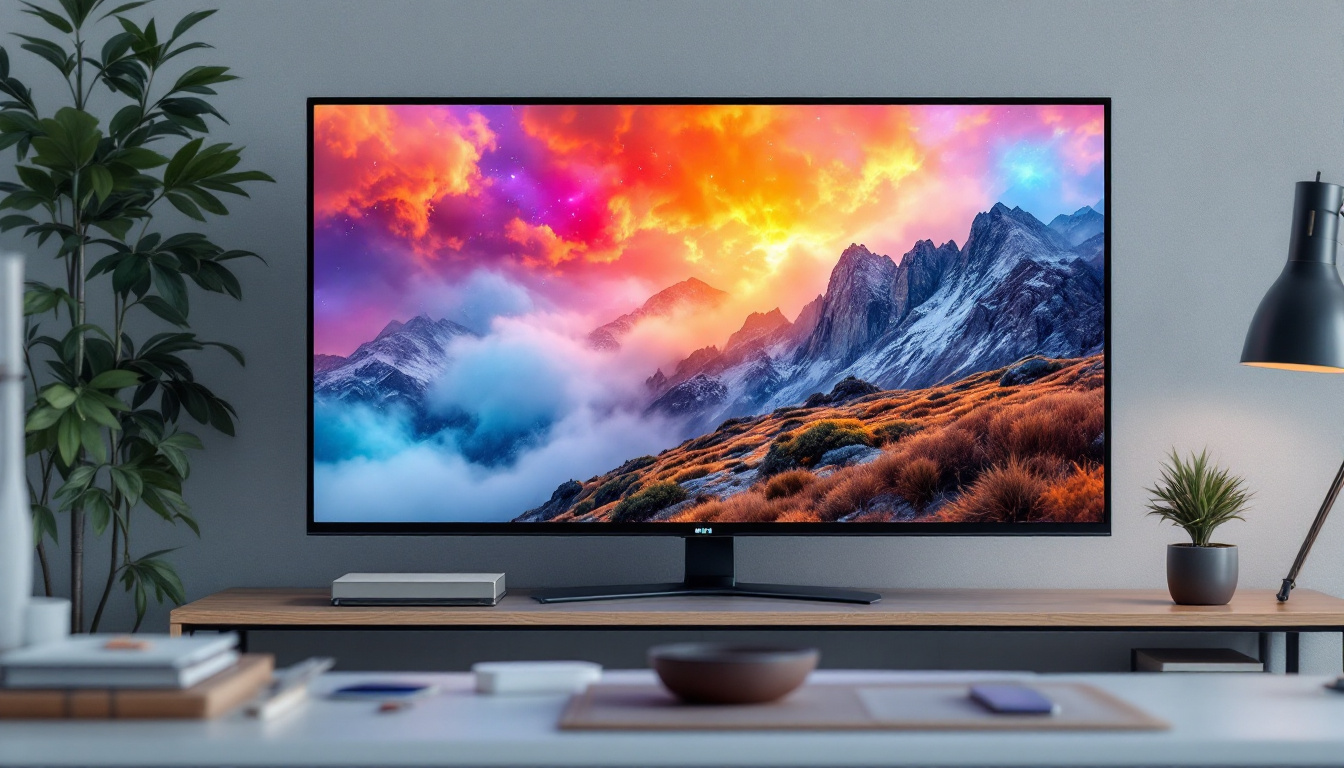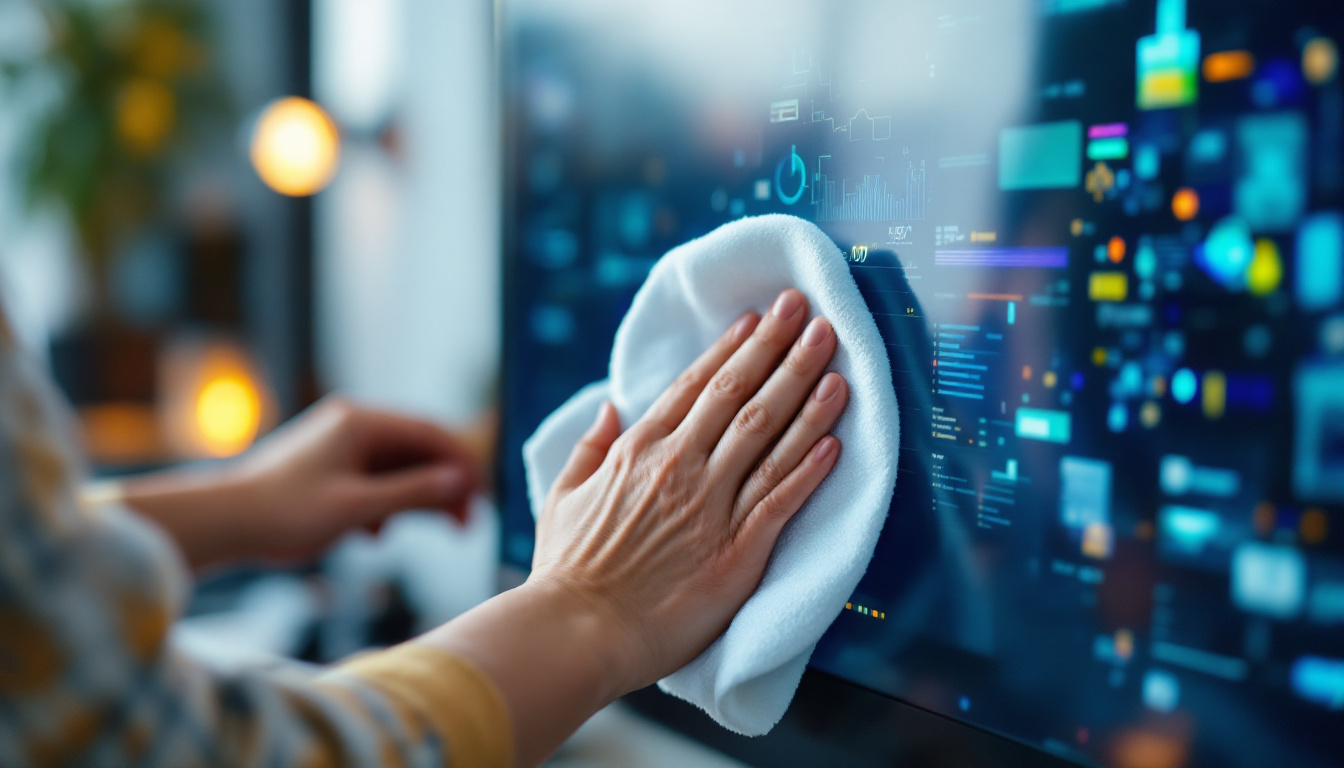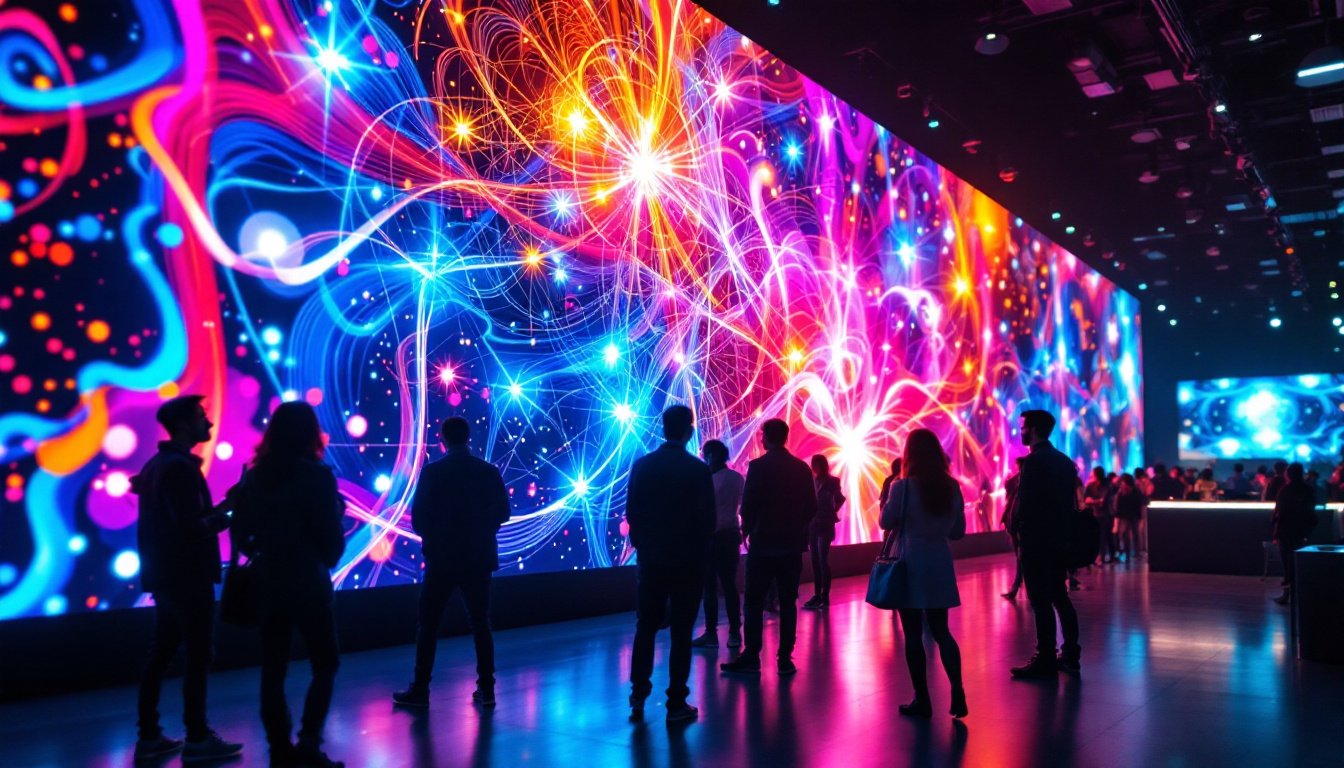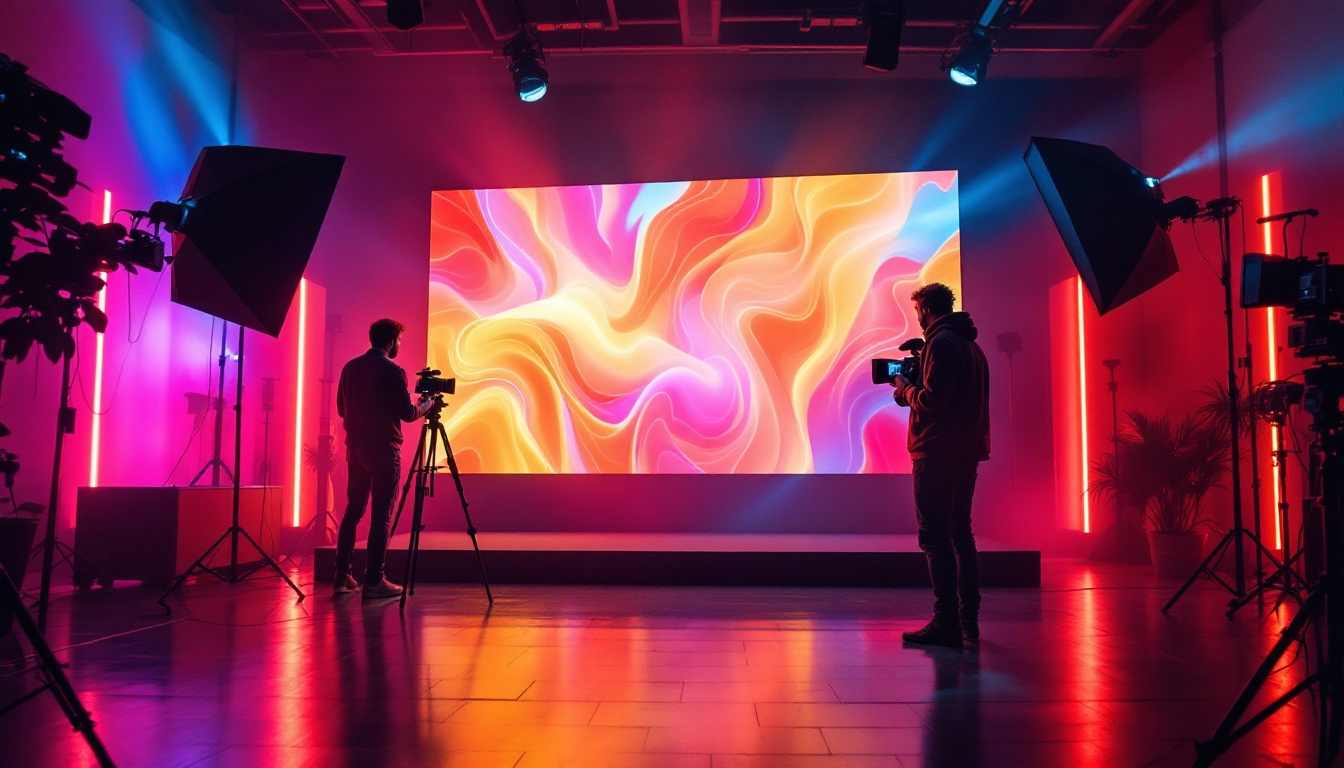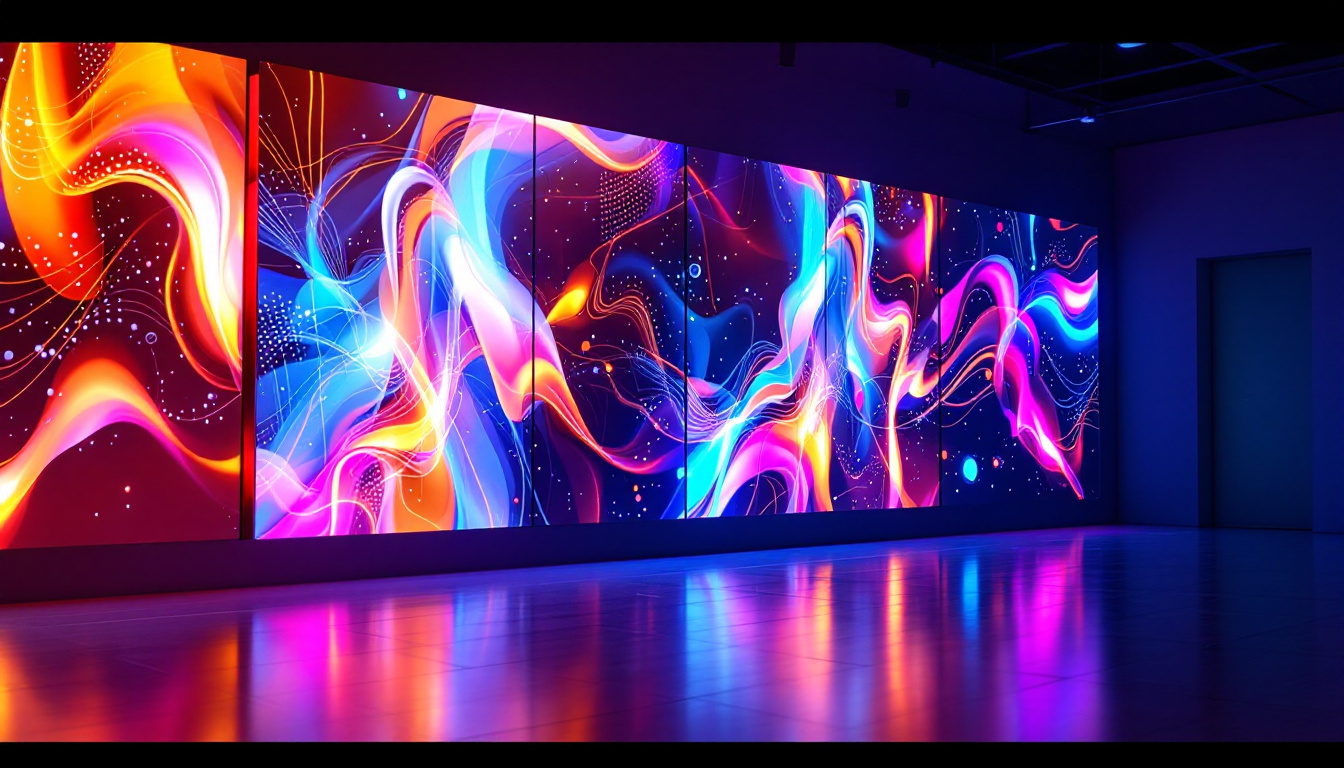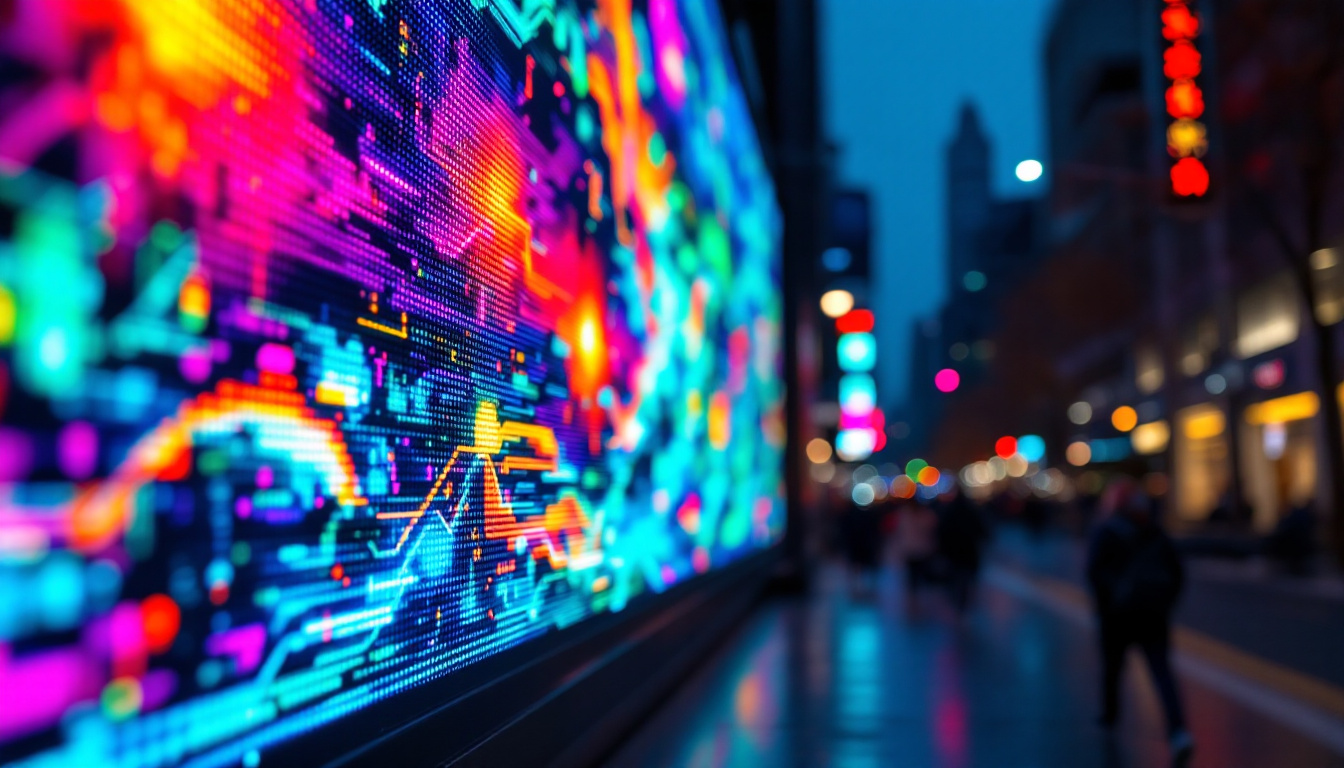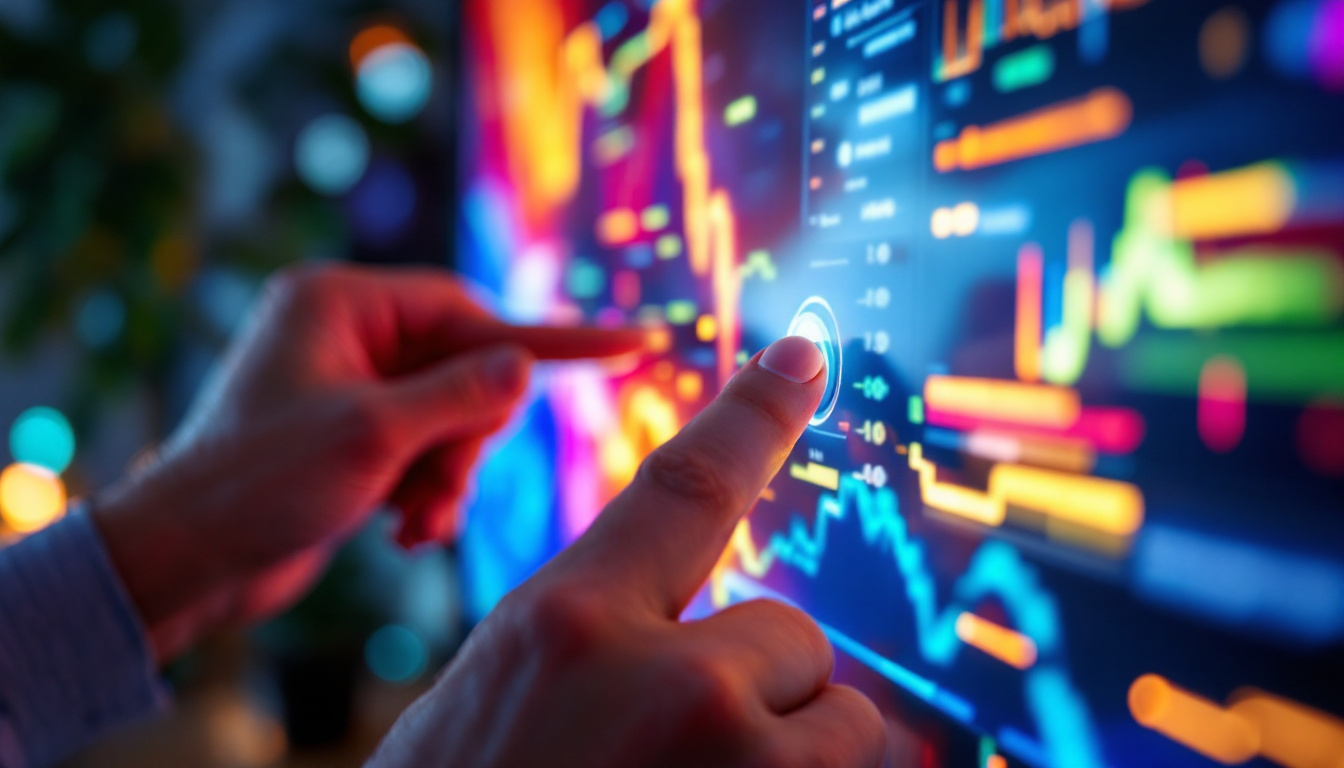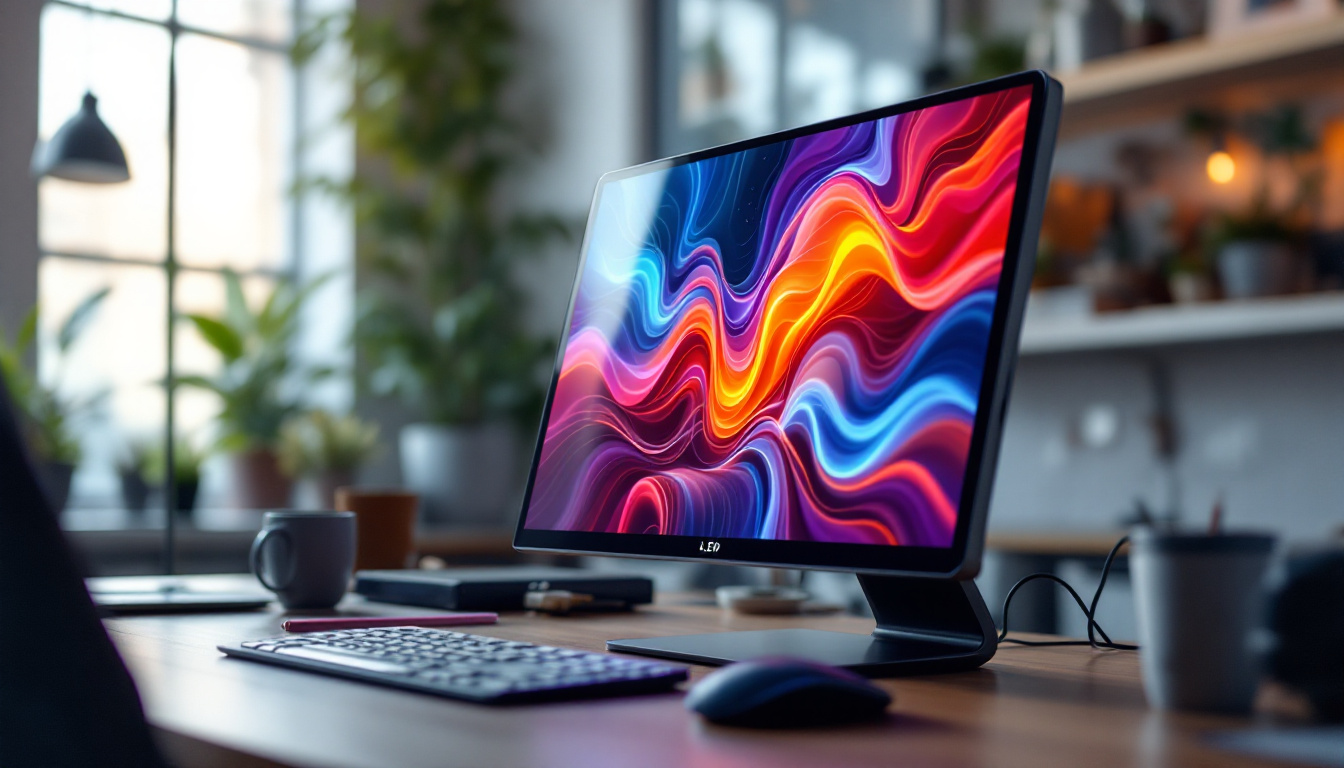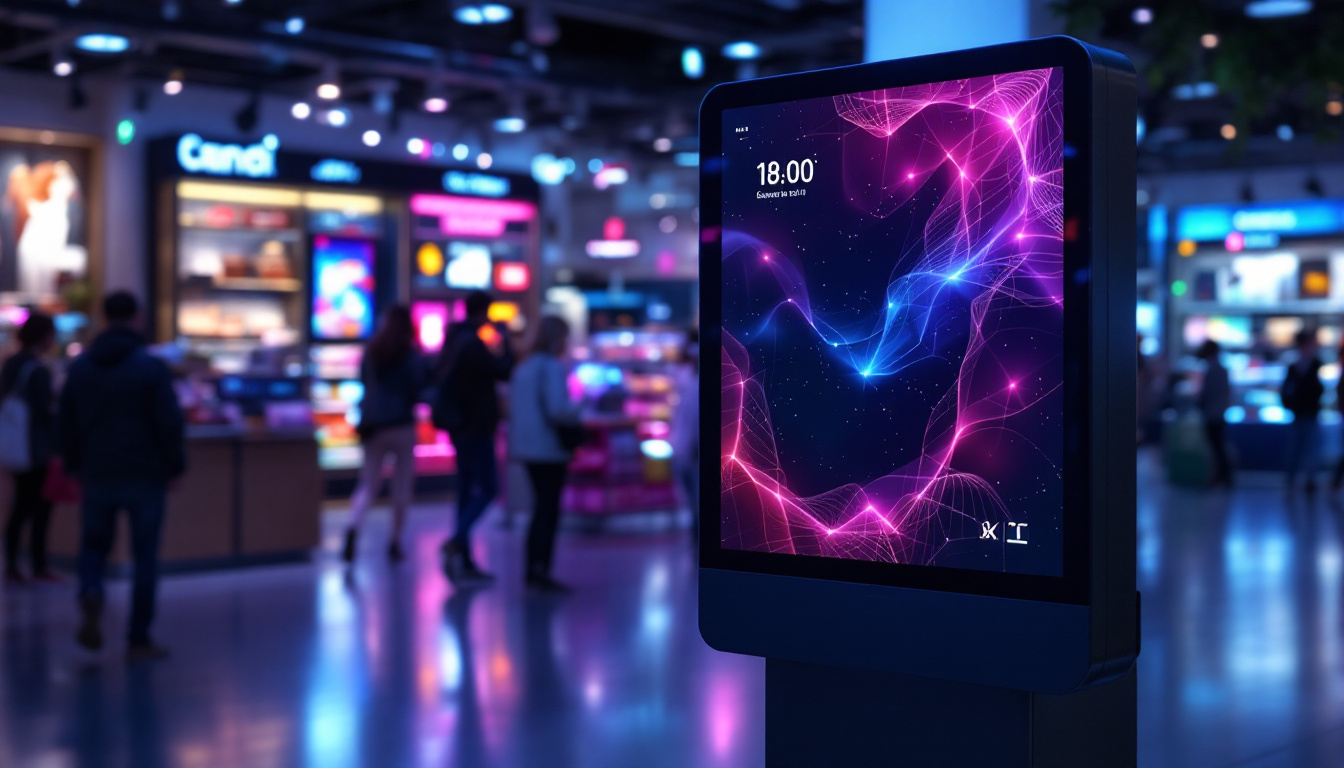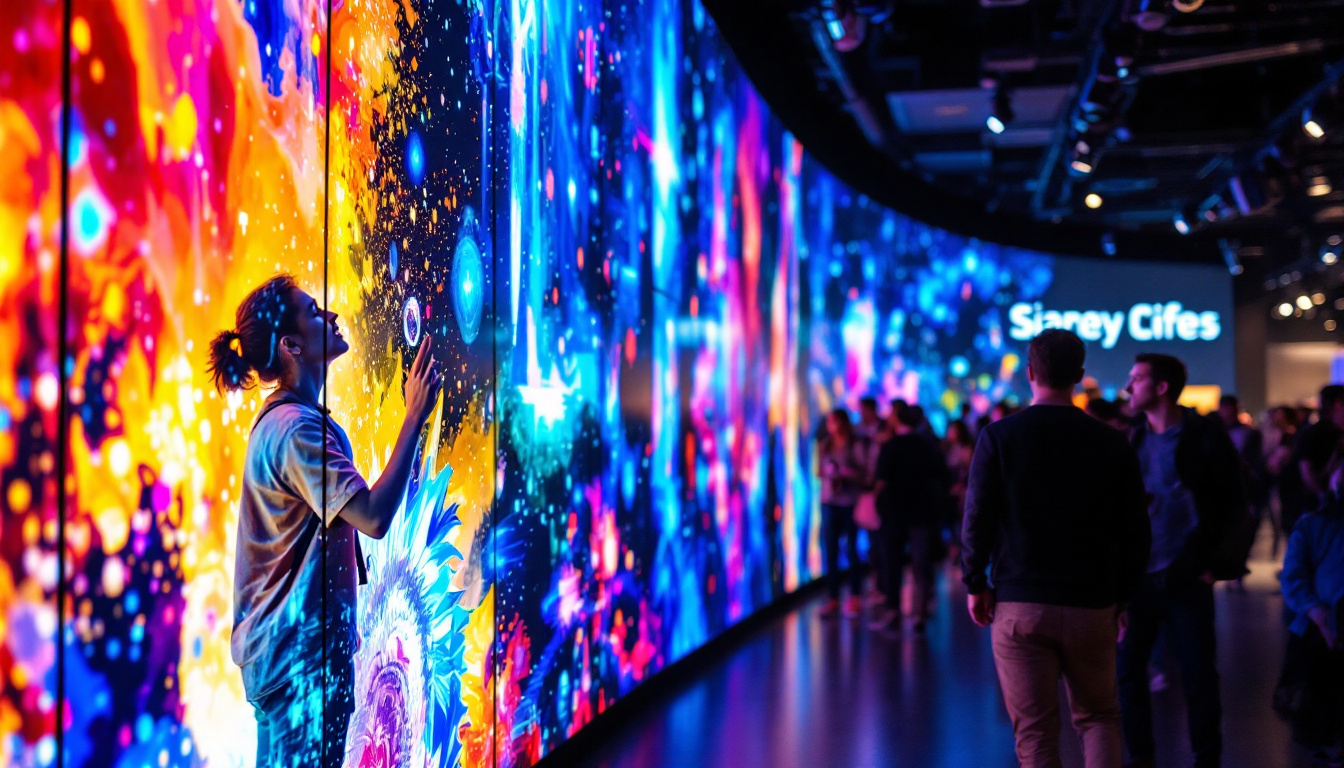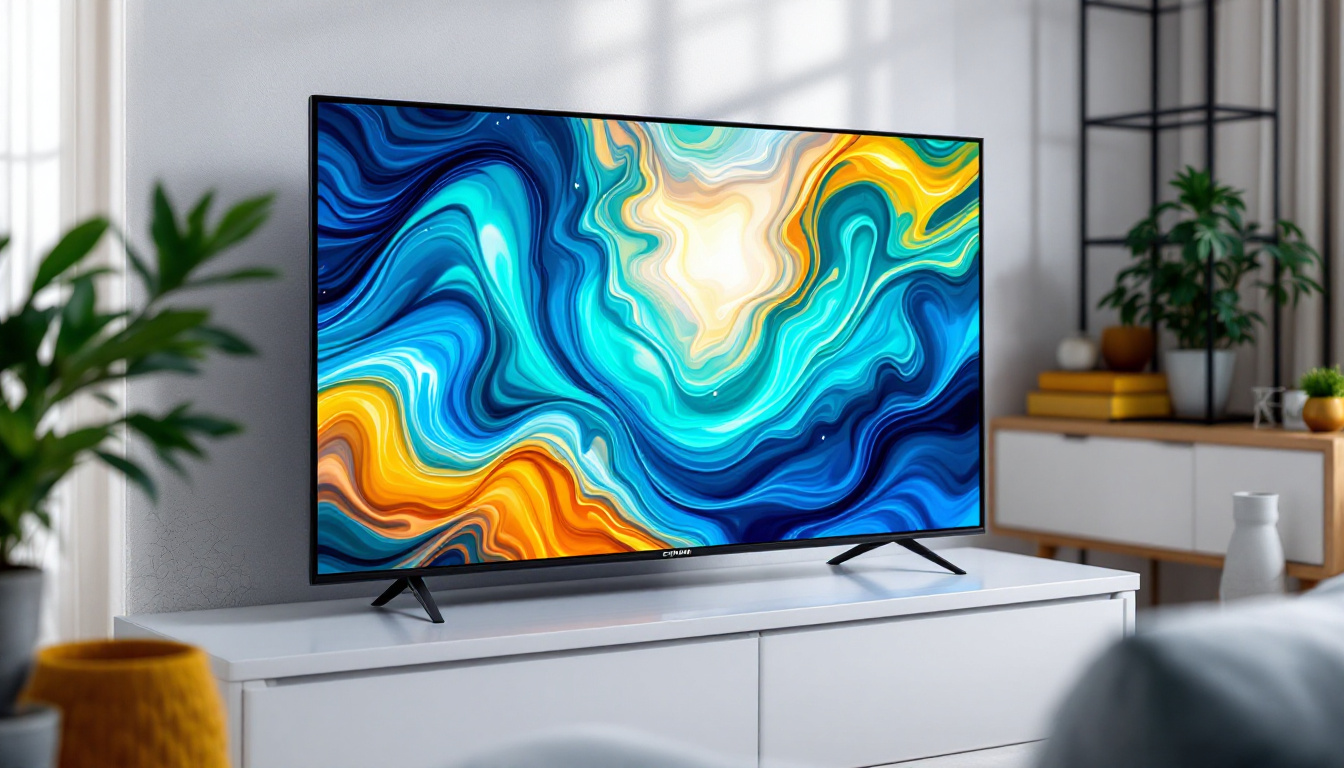Introduction to Space Decor in Classrooms
Creating an engaging and inspiring classroom environment is crucial for fostering learning and creativity among students. One of the most innovative ways to enhance classroom decor is through the use of LED displays. These digital screens not only serve as functional tools for teaching but also contribute to the overall aesthetic of the space.
In recent years, LED displays have gained popularity in educational settings, transforming traditional classrooms into dynamic learning environments. This article will explore the various aspects of using LED displays as space decor in classrooms, examining their benefits, applications, and best practices for implementation.
Beyond their visual appeal, LED displays offer a versatile platform for showcasing a variety of content, from educational videos and interactive presentations to student artwork and achievements. This adaptability allows educators to tailor the display to suit the specific needs of their curriculum or the interests of their students, making learning more relatable and enjoyable. For instance, a science class might display real-time data from space missions or environmental changes, while an art class could feature a rotating gallery of student creations, fostering a sense of pride and ownership in the classroom.
Moreover, the integration of LED displays can encourage collaboration and interaction among students. By using these screens for group projects or presentations, students can engage with one another in a more dynamic way, sharing ideas and feedback in real-time. This not only enhances their learning experience but also builds essential skills such as teamwork and communication. Additionally, the ability to easily update and change the content displayed means that classrooms can remain fresh and relevant, reflecting current events or seasonal themes, thus keeping students engaged and motivated throughout the school year.
The Benefits of LED Displays in Classrooms
Enhanced Engagement
One of the primary advantages of incorporating LED displays into classroom decor is the potential for enhanced student engagement. Traditional teaching methods often rely on static materials such as posters and whiteboards, which can become monotonous over time. In contrast, LED displays offer vibrant visuals and dynamic content that can capture students’ attention.
With the ability to showcase videos, animations, and interactive presentations, LED displays can make learning more enjoyable and immersive. This increased engagement can lead to improved retention of information and a more positive overall learning experience. Moreover, the use of gamified learning techniques through LED displays can transform mundane lessons into exciting challenges, motivating students to participate actively and compete in a friendly manner. This not only boosts their enthusiasm but also fosters a sense of community within the classroom.
Versatile Content Delivery
LED displays provide educators with a versatile platform for delivering content. Teachers can easily switch between different types of media, including images, text, and video, depending on the lesson’s needs. This flexibility allows for a more tailored approach to teaching, accommodating various learning styles and preferences.
Additionally, LED displays can be used to display real-time information, such as news updates, weather forecasts, or school announcements. This capability keeps students informed and connected to the world around them, further enriching their educational experience. Furthermore, the integration of educational apps and software with LED technology allows teachers to create interactive quizzes and polls, enabling instant feedback and making assessments more engaging. The ability to visualize complex data through graphs and charts on a large screen can also enhance comprehension, making abstract concepts more tangible for students.
Improved Collaboration
Incorporating LED displays into classroom decor can also foster collaboration among students. Many modern LED screens support multiple input sources, allowing several students to contribute simultaneously. This feature encourages teamwork and communication, essential skills in today’s collaborative work environment.
Furthermore, LED displays can facilitate group projects and discussions by providing a central visual point for brainstorming ideas and sharing resources. This collaborative atmosphere can enhance critical thinking and problem-solving skills, preparing students for future challenges. The ability to connect personal devices to the LED display can also promote peer-to-peer learning, as students can share their screens to present their work or collaborate on projects in real time. This not only empowers students to take ownership of their learning but also prepares them for the digital collaboration tools they will encounter in higher education and the workforce.
Applications of LED Displays in Classroom Decor
Interactive Learning Stations
One innovative application of LED displays in classrooms is the creation of interactive learning stations. These stations can be equipped with touch-screen LED displays that allow students to explore educational content at their own pace. For example, a science station could feature interactive simulations of chemical reactions, while a history station might offer virtual tours of ancient civilizations.
By providing students with hands-on learning opportunities, interactive learning stations can deepen understanding and spark curiosity. This approach not only makes learning more enjoyable but also encourages self-directed exploration.
Visual Learning Aids
LED displays can serve as powerful visual learning aids, complementing traditional teaching materials. Teachers can use these screens to display infographics, diagrams, and charts that illustrate complex concepts in a more digestible format. This visual representation can help students grasp challenging subjects more effectively.
Moreover, LED displays can be used to showcase student work, celebrating their achievements and fostering a sense of pride in their contributions. This practice not only motivates students but also creates a supportive classroom community.
Dynamic Classroom Environment
Beyond educational content, LED displays can be utilized to create a dynamic classroom environment. Teachers can change the display’s content according to themes, seasons, or special events, keeping the classroom atmosphere fresh and engaging. For instance, during a science week, the display could feature images of famous scientists and their contributions, while a holiday season might showcase festive decorations.
This adaptability allows educators to create a stimulating environment that reflects the current learning objectives and keeps students excited about coming to class.
Best Practices for Implementing LED Displays
Choosing the Right Display
When selecting an LED display for a classroom, several factors should be considered to ensure it meets the needs of both educators and students. Size is a crucial factor; the display should be large enough for all students to see clearly from their seats. Additionally, the resolution and brightness of the screen are important, especially in well-lit classrooms.
Another consideration is the display’s connectivity options. A versatile display that supports multiple input sources, such as HDMI, USB, and wireless connections, can enhance its usability and integration into various teaching methods.
Integrating with Curriculum
To maximize the benefits of LED displays, it is essential to integrate them thoughtfully into the curriculum. Educators should plan lessons that leverage the display’s capabilities, using it as a tool to enhance learning rather than simply a replacement for traditional materials.
For instance, incorporating multimedia presentations, interactive quizzes, and collaborative projects can create a more engaging learning experience. By aligning the use of LED displays with educational goals, teachers can ensure that they contribute meaningfully to student learning.
Training and Support
Providing adequate training and support for educators is vital for the successful implementation of LED displays in classrooms. Teachers should be familiar with the technology and its features to utilize it effectively. Professional development workshops or training sessions can help educators feel more confident in using LED displays as part of their teaching toolkit.
Additionally, ongoing technical support should be available to address any issues that may arise, ensuring that teachers can focus on delivering quality education without being hindered by technological challenges.
Challenges and Considerations
Cost and Budget Constraints
While the benefits of LED displays are significant, it is essential to consider the associated costs. Budget constraints can be a barrier for many schools, particularly those in underfunded districts. The initial investment in LED technology, along with installation and maintenance costs, can be substantial.
Schools should explore funding opportunities, such as grants or partnerships with local businesses, to help offset these costs. Additionally, considering the long-term benefits of LED displays in enhancing student engagement and learning outcomes can justify the initial expenditure.
Screen Time Concerns
Another consideration when implementing LED displays in classrooms is the potential for increased screen time. While technology can enhance learning, excessive screen exposure may lead to negative health effects, such as eye strain or decreased physical activity.
Educators should strive to balance screen time with hands-on activities and traditional teaching methods. Incorporating breaks and encouraging physical movement can help mitigate the risks associated with prolonged screen exposure, ensuring a healthier learning environment.
Maintenance and Upkeep
Proper maintenance and upkeep of LED displays are crucial for their longevity and functionality. Schools should establish a routine maintenance schedule to ensure that the displays are clean, functioning correctly, and updated with the latest software.
Training staff on basic troubleshooting techniques can also help address minor issues before they escalate. By prioritizing maintenance, schools can maximize the investment in LED technology and ensure that it continues to serve as an effective educational tool.
Conclusion
Incorporating LED displays into classroom decor presents a unique opportunity to enhance the learning environment and engage students in innovative ways. With their versatility, dynamic content delivery, and potential for collaboration, LED displays can transform traditional classrooms into vibrant spaces that inspire creativity and curiosity.
While challenges such as cost and screen time concerns exist, careful planning, training, and maintenance can mitigate these issues. By embracing LED technology, educators can create a more interactive and engaging learning experience, ultimately preparing students for success in an increasingly digital world.
Final Thoughts
As education continues to evolve, so too must the tools and environments in which learning takes place. LED displays represent a significant advancement in classroom decor, offering a modern solution to meet the needs of today’s learners. By thoughtfully integrating these displays into educational settings, schools can foster a culture of innovation and engagement that benefits both students and educators alike.
Transform Your Classroom with LumenMatrix
Ready to elevate your educational space with the dynamic and interactive capabilities of LED displays? LumenMatrix is at the forefront of LED display technology, offering a wide array of solutions from Indoor LED Walls to Custom Displays, designed to captivate and engage students like never before. Discover how our cutting-edge LED display modules can transform your classroom into a hub of inspiration and innovation. Check out LumenMatrix LED Display Solutions today and take the first step towards a visually stunning learning environment.

